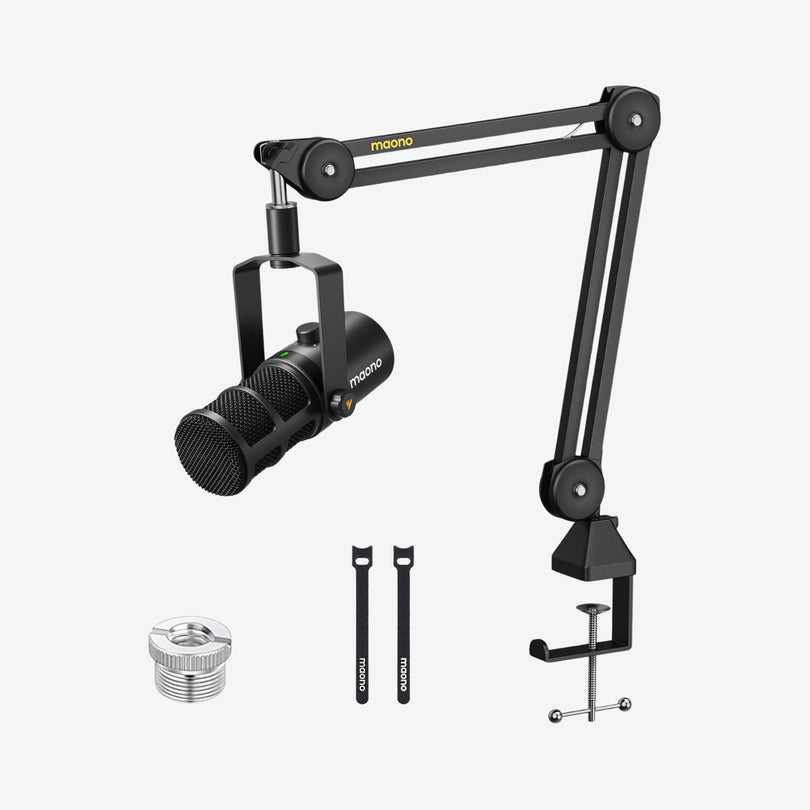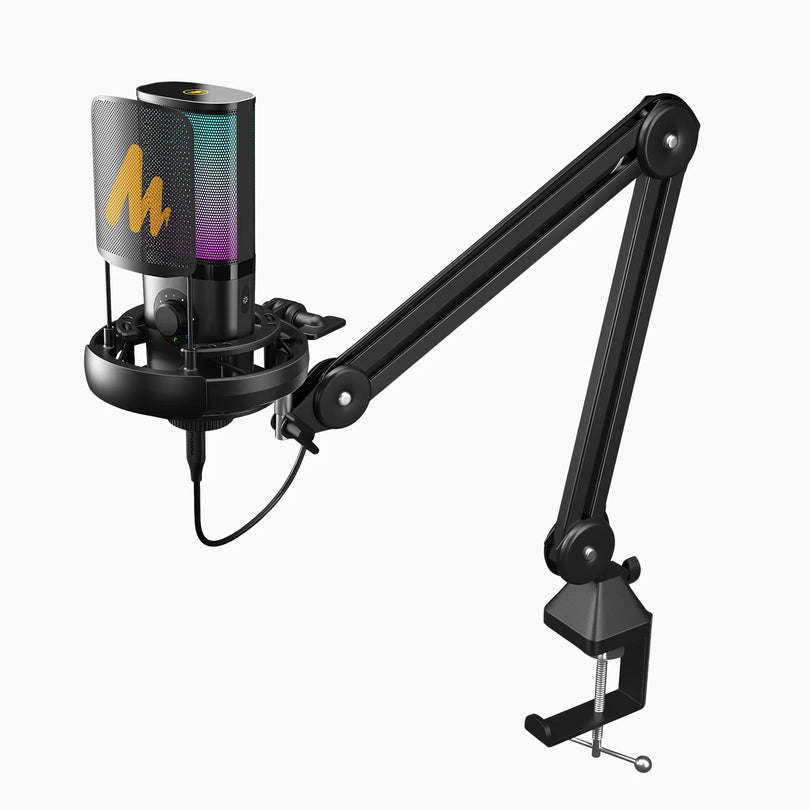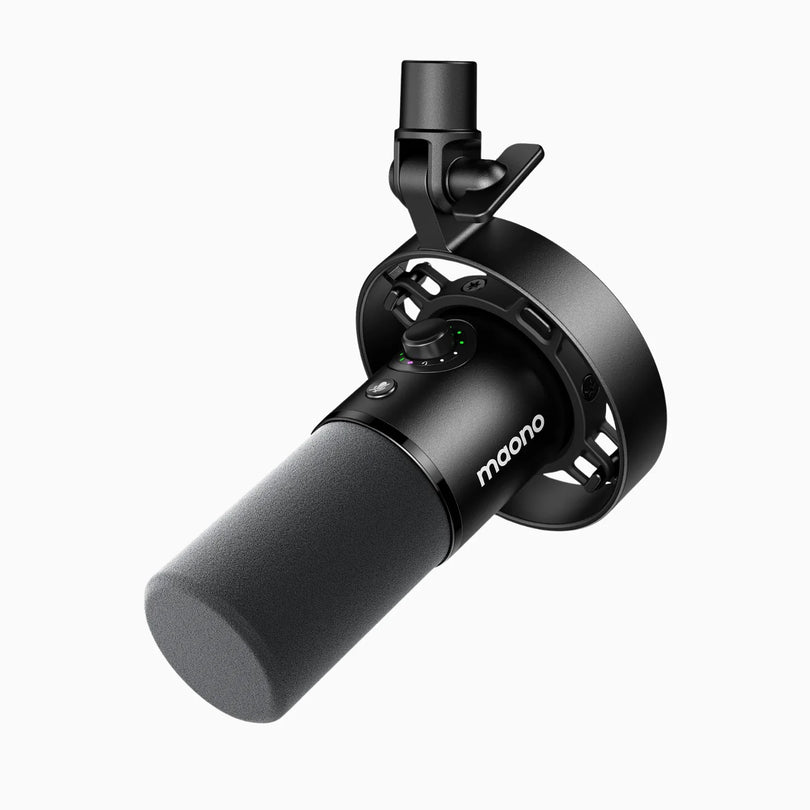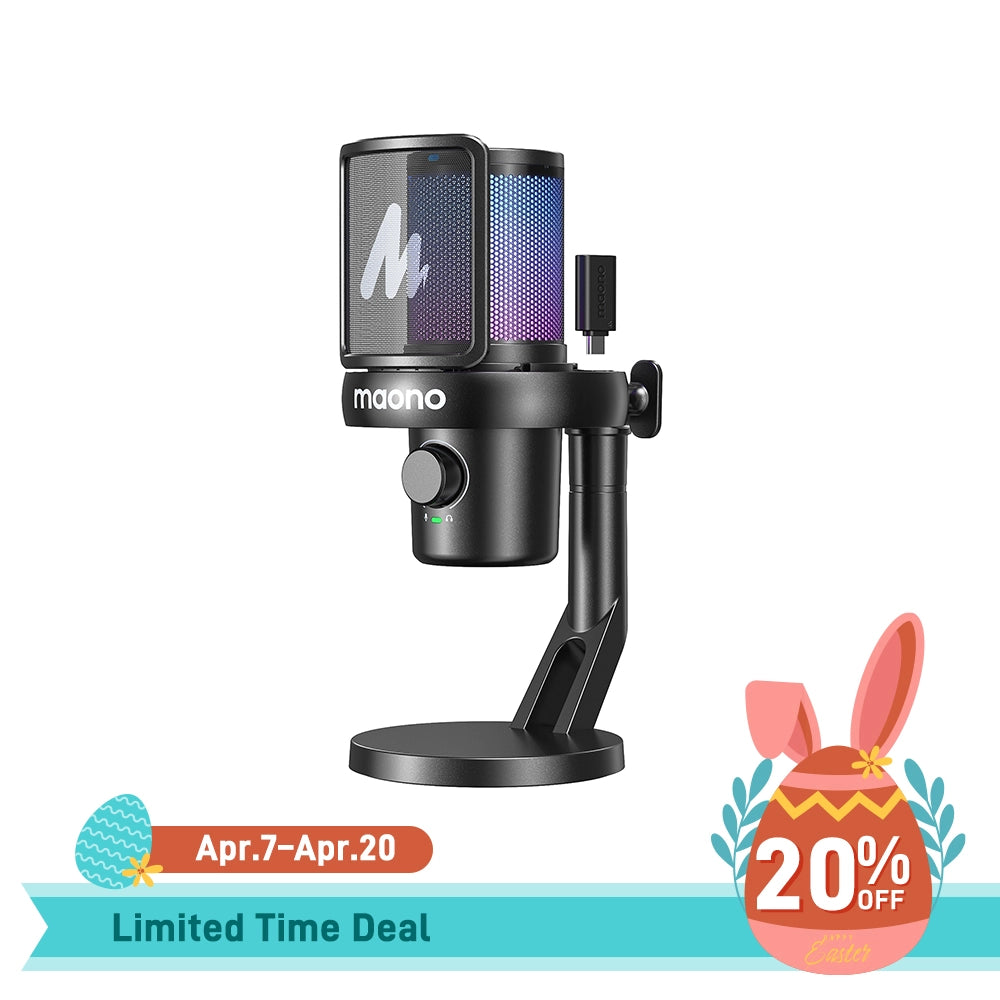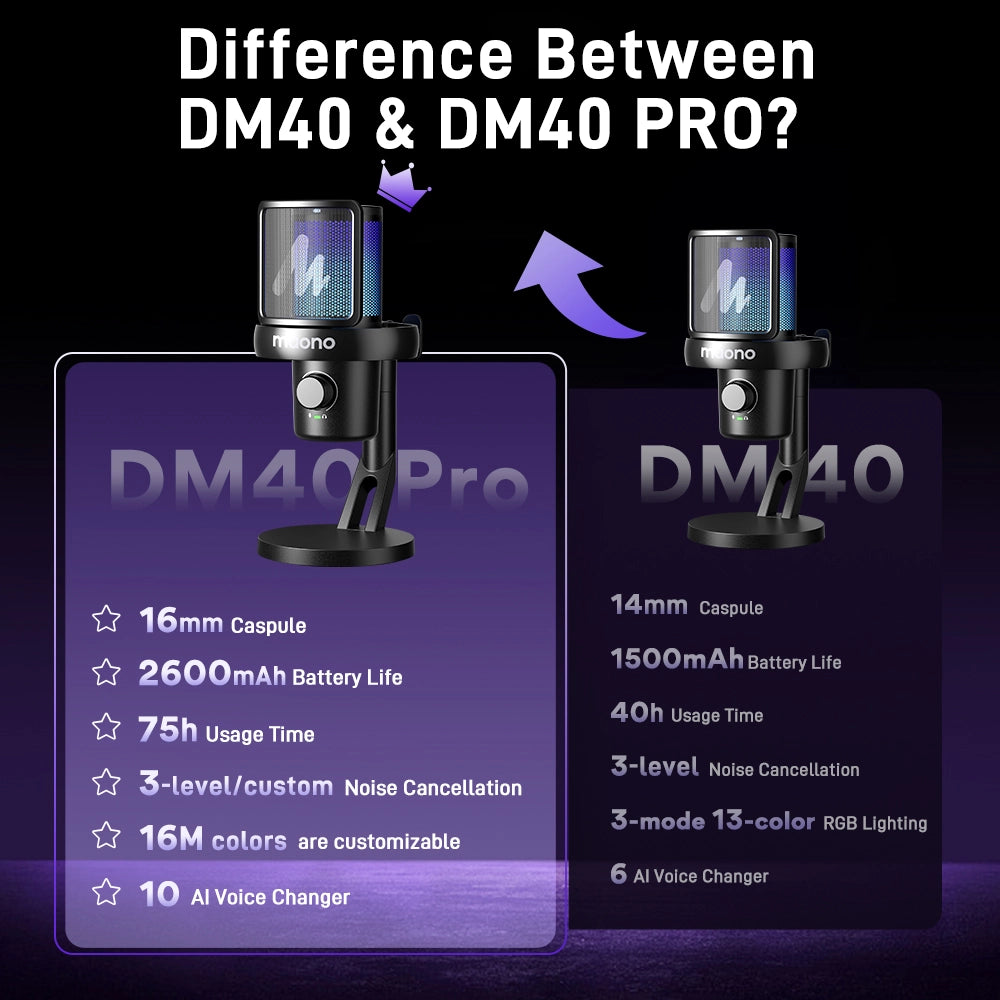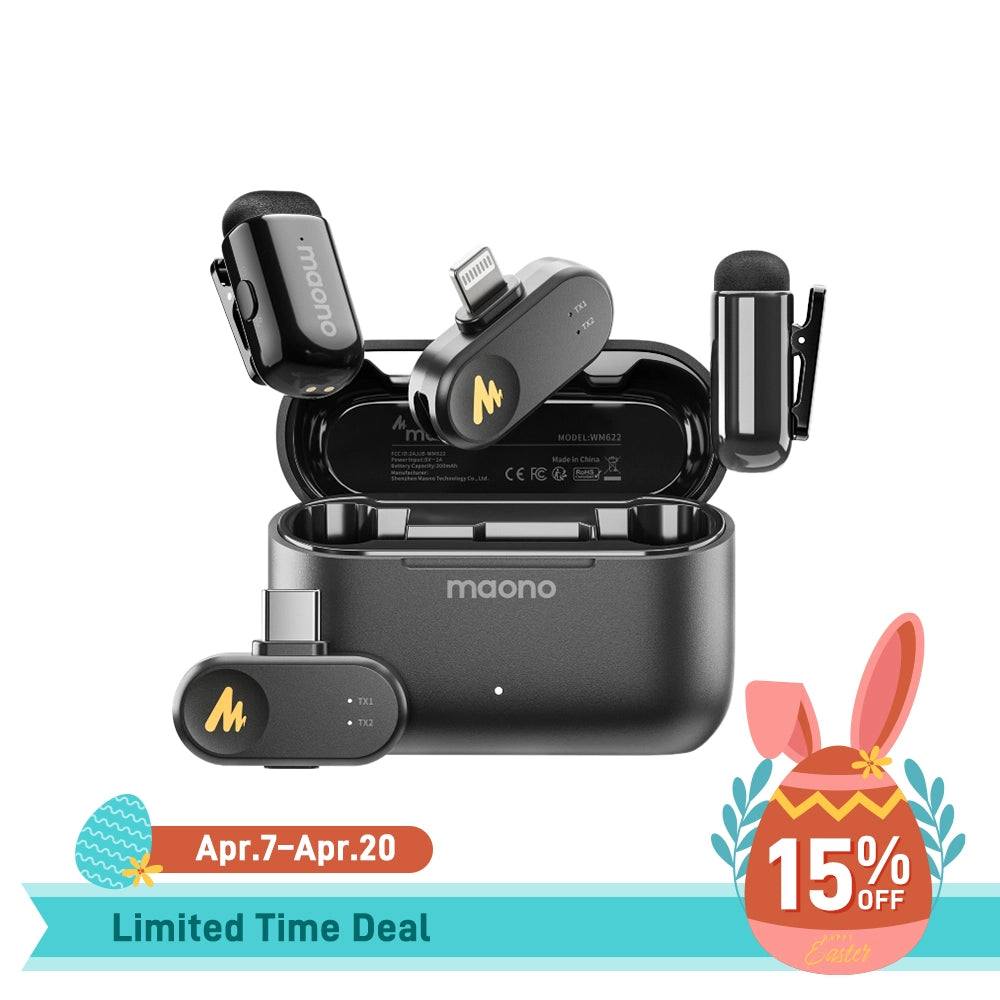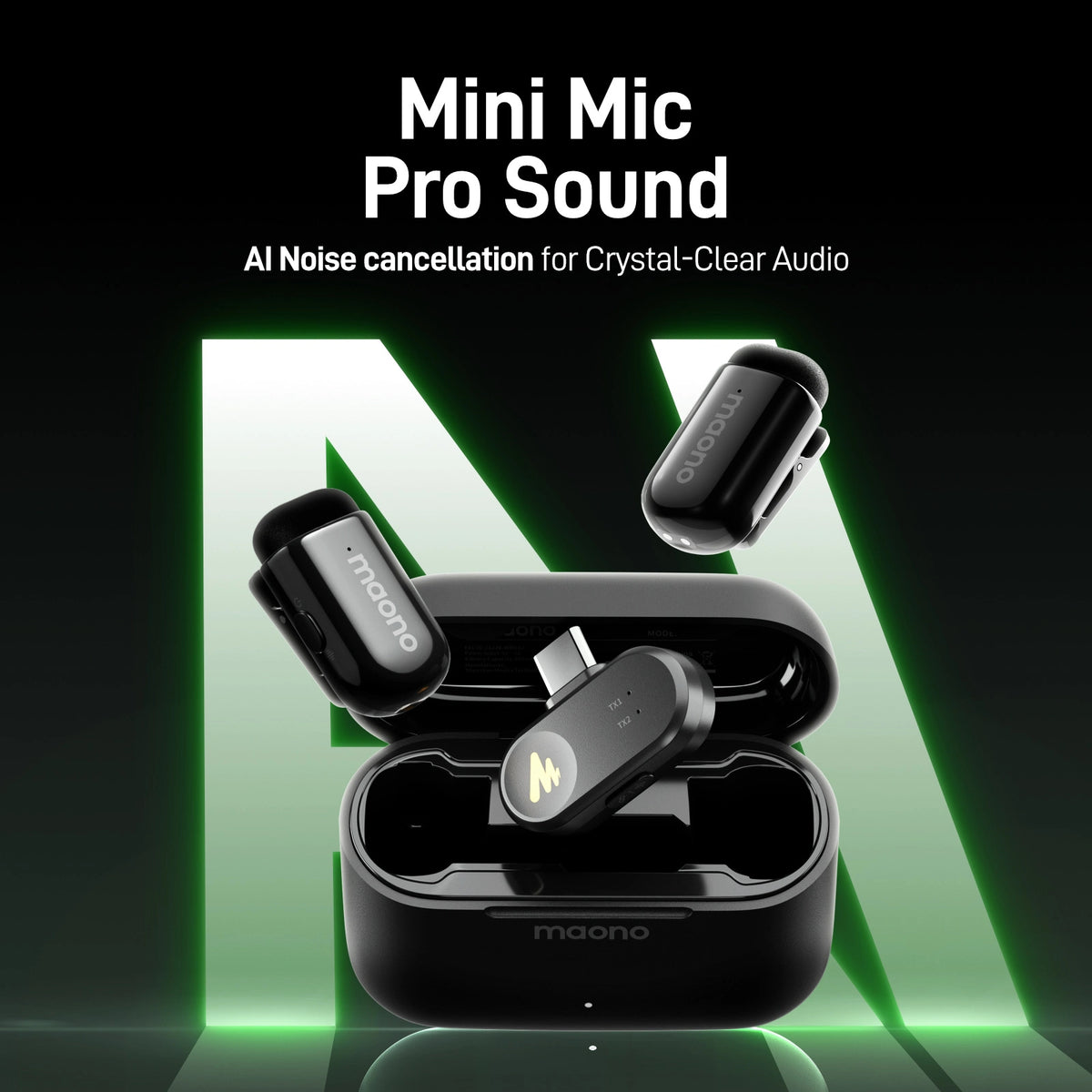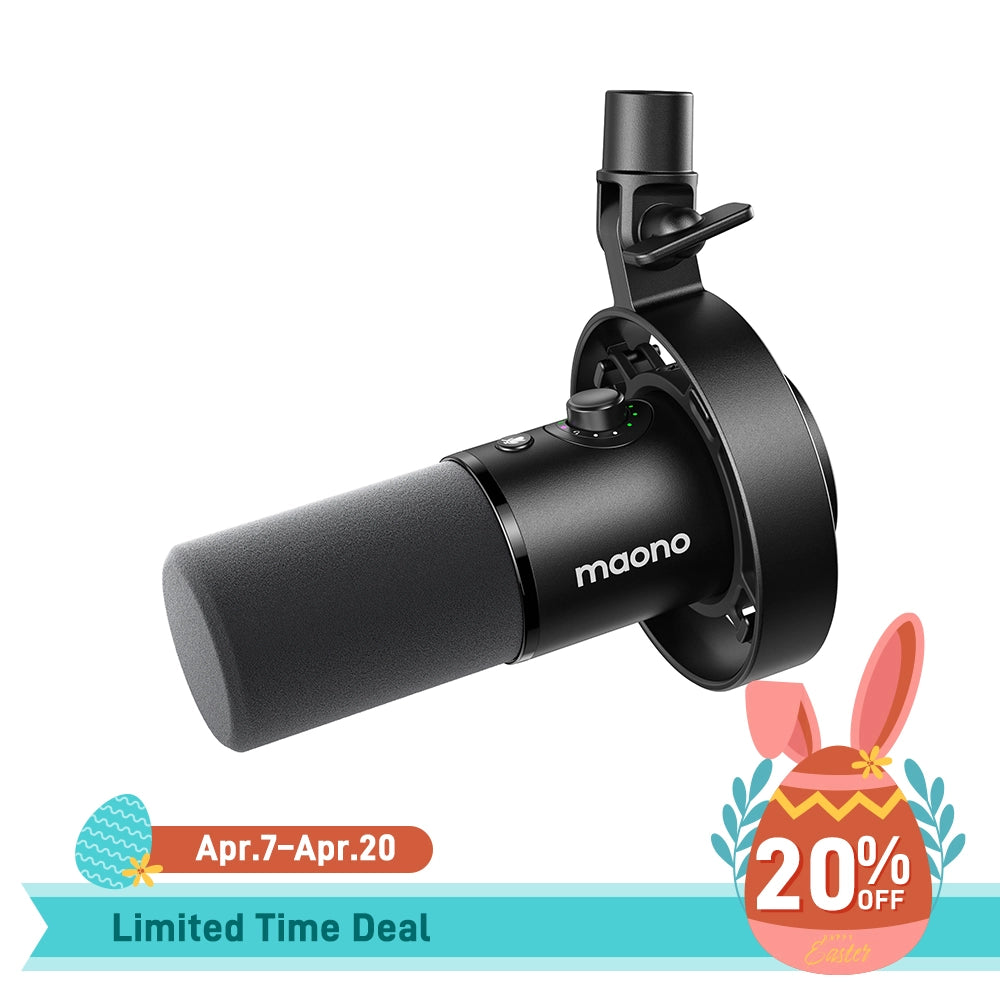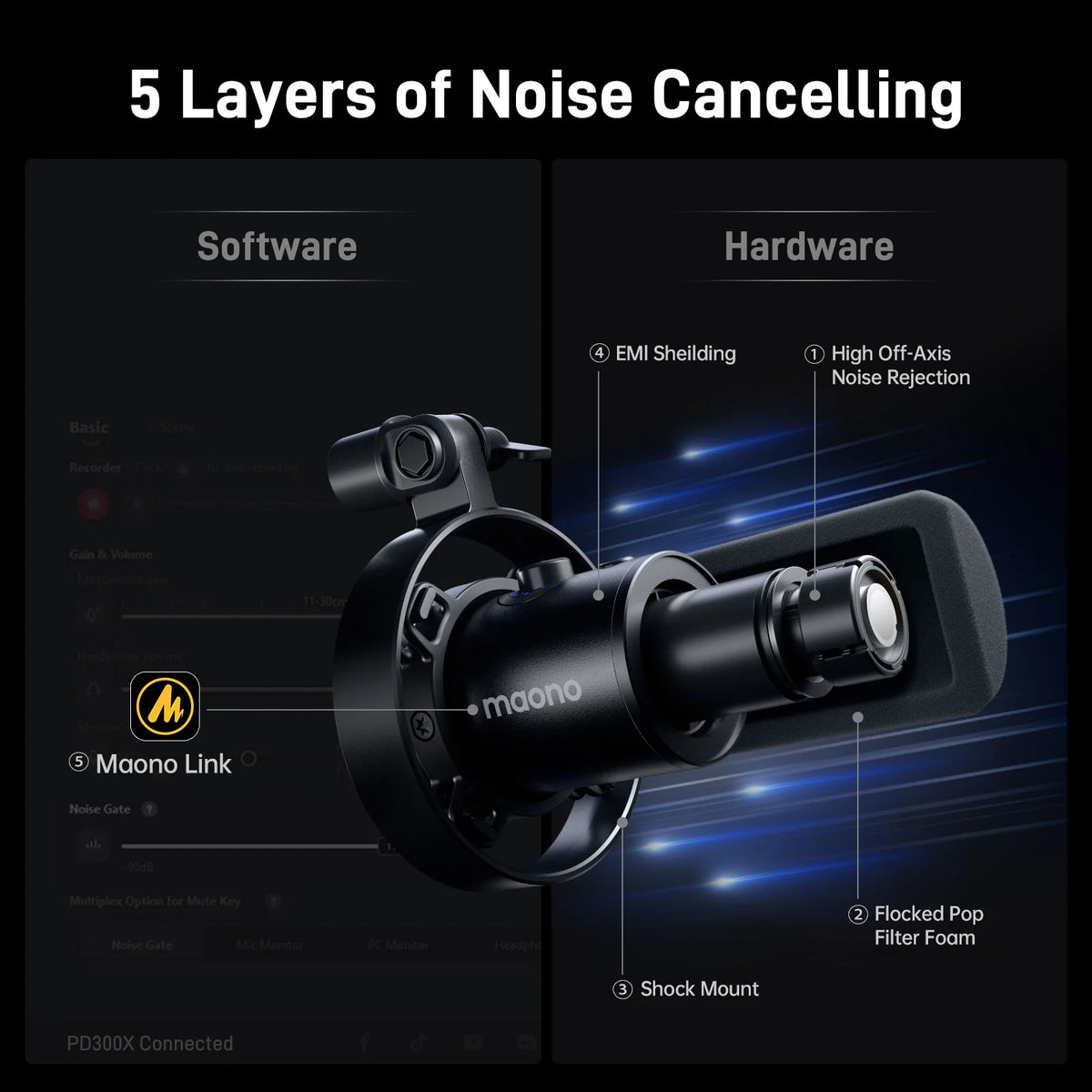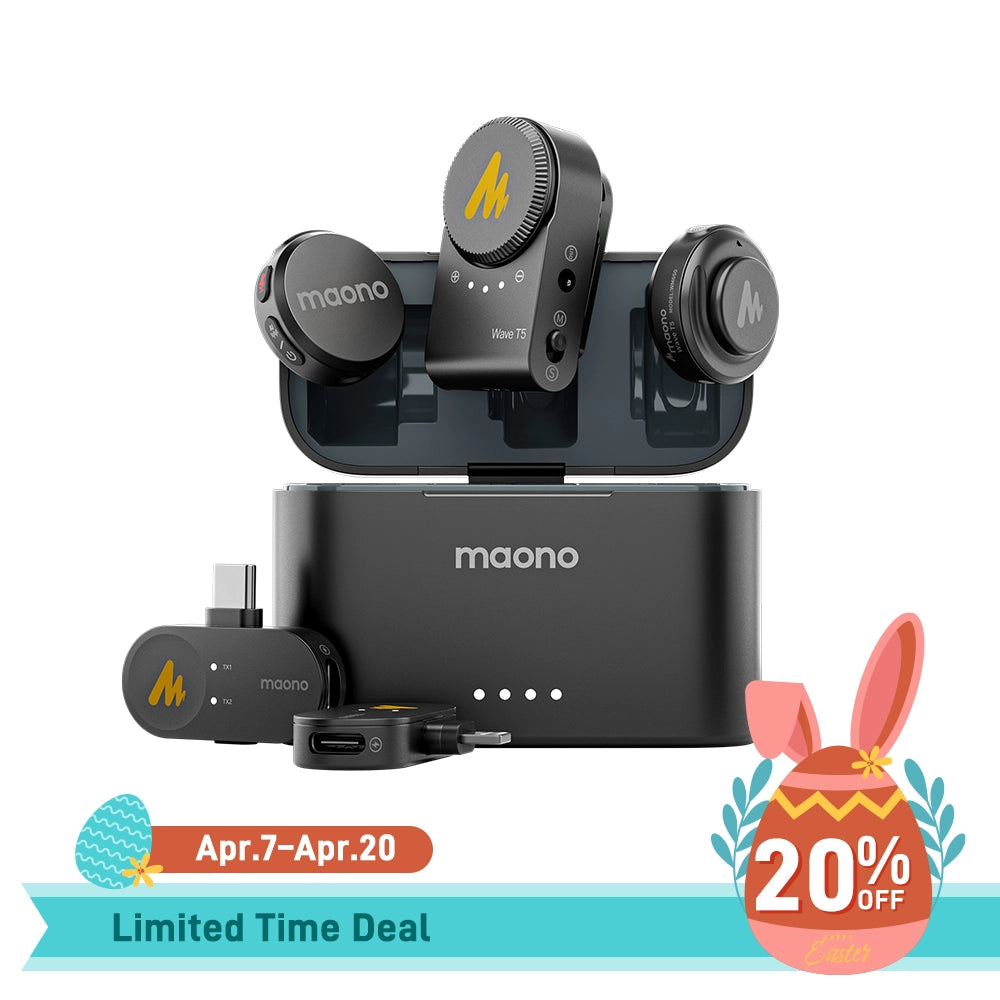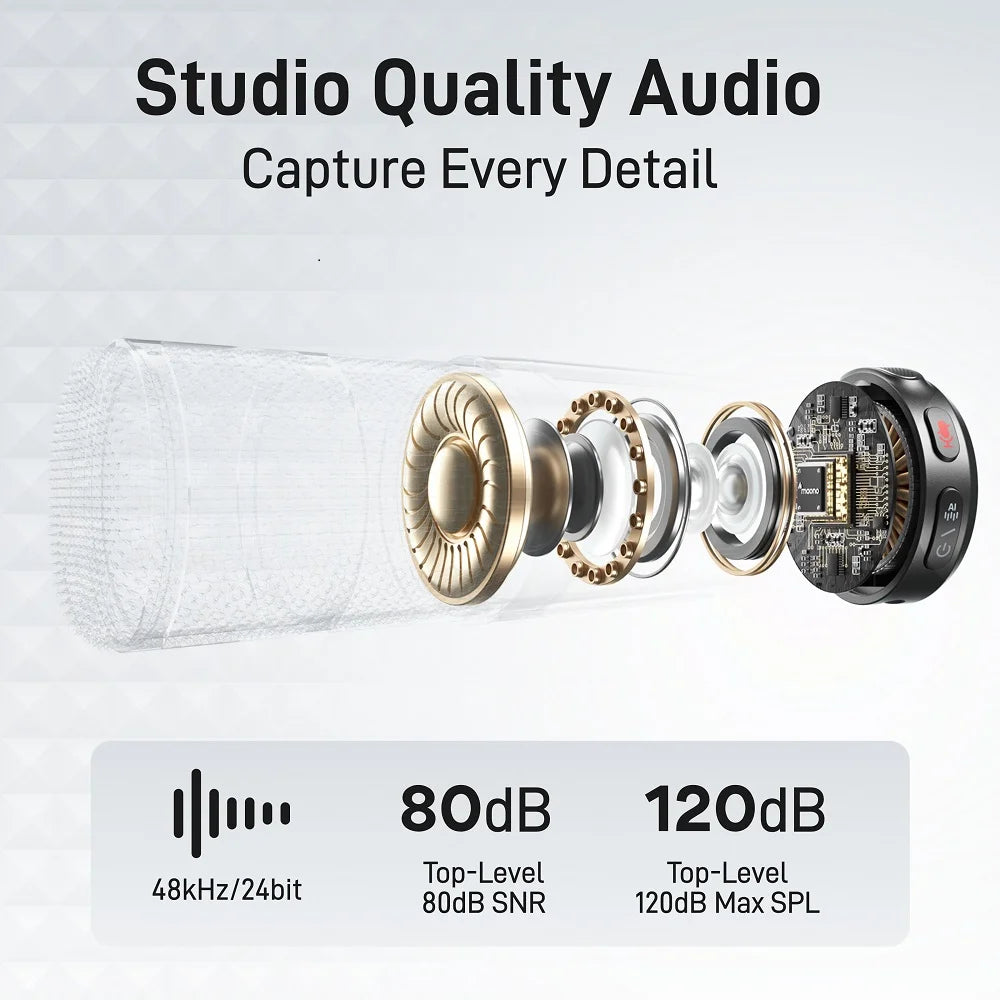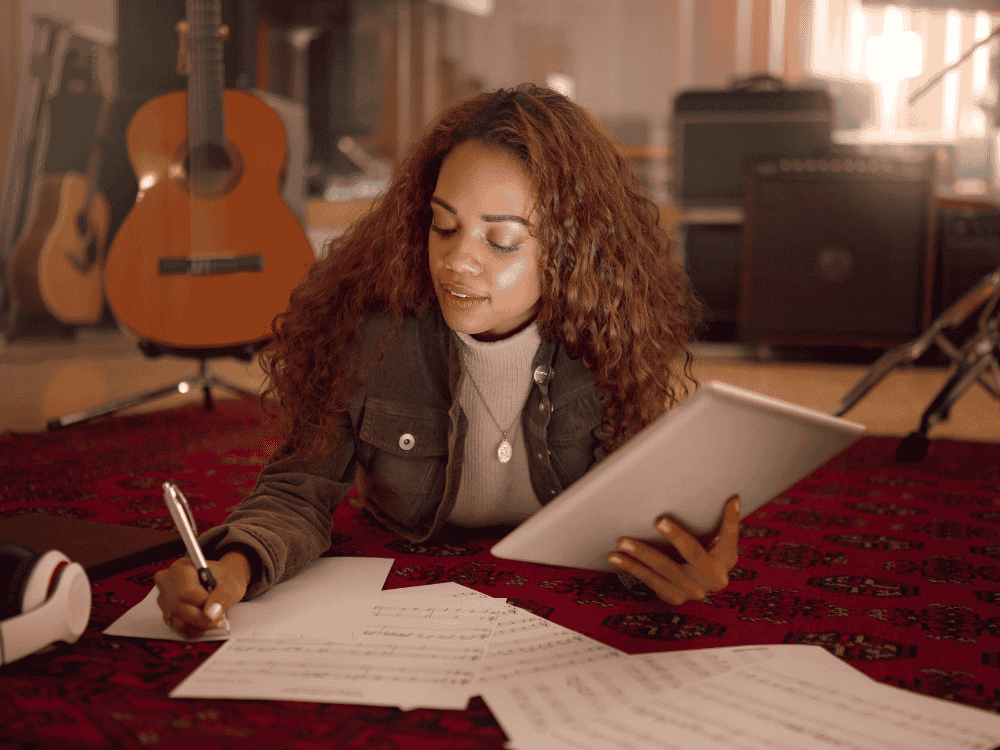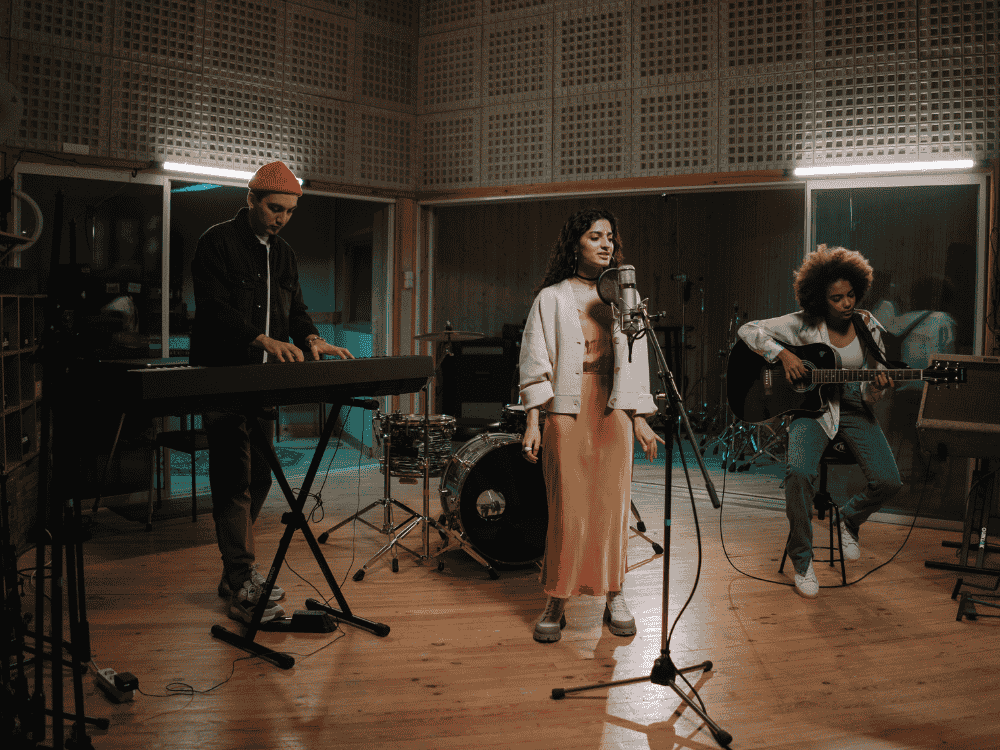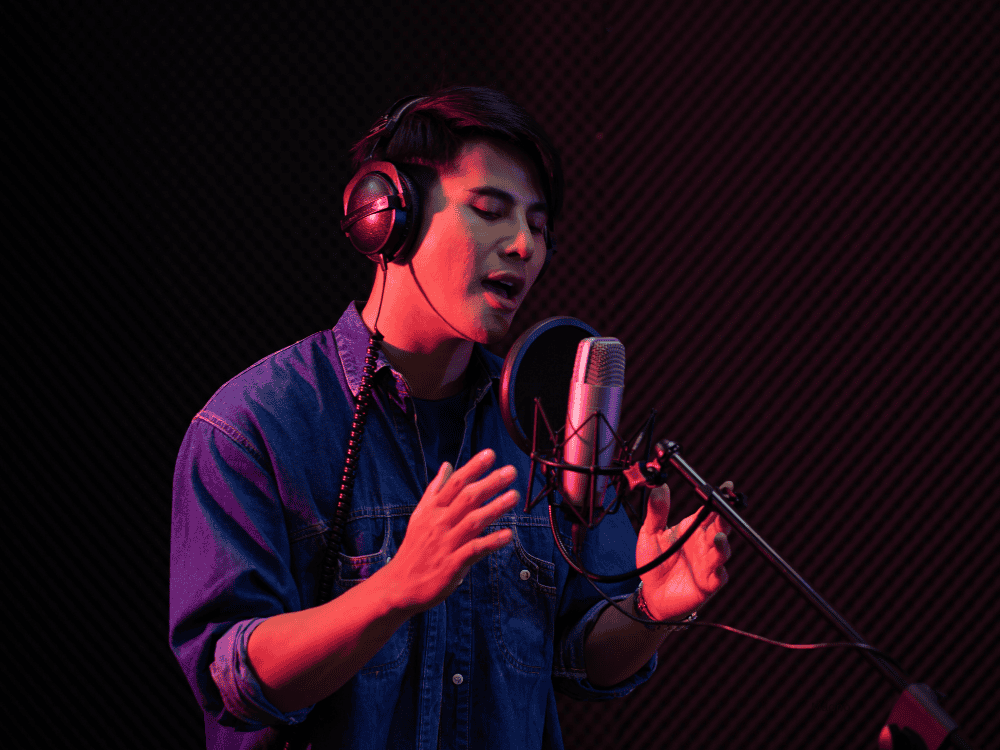Have you ever wondered how some indie music artists become very popular? You will notice how good they sound. Others just started singing as a hobby at home and they uploaded recorded music covers on YouTube or Spotify. The music artists’ singing talent, dedication, and audio recording quality, is the reason for this success.
Now, Choosing the best microphone for singing and recording at home can be overwhelming, especially with so many options available. The right singing mic can greatly enhance the quality of your vocals, capturing clarity, warmth, and emotion in your voice. In this article, we will discuss and explore the following topics:
-
The Best Type of Microphone for Singing in a Home Studio
-
The Features of an XLR Microphone and Why It’s Ideal for Singing
-
Recommend Options of Microphone for Singing
-
How to Choose the Right Microphone for My Voice
-
How to Set Up The Microphone for the Best Sound When Singing
What Type of Microphone is Best for Singing in a Home Studio?
There are two main types of mics for singing used for vocal recordings: condenser and dynamic microphones.
-
Condenser Microphones: These are highly sensitive and capture a broad frequency range, making them ideal for detailed vocal recordings. They require phantom power from an audio interface or mixer.
-
Dynamic Microphones: These are more durable and less sensitive to ambient noise, making them great for live performances and home studios with less-than-perfect acoustics.
What Are the Features of an XLR Microphone That Make It Ideal for Singing?
XLR mics for singing are the preferred choice for professional and home studio recordings because they:
-
Provide better audio quality with minimal noise.
-
Offer higher durability and longevity.
-
Allow upgradability, working with different preamps and interfaces for improved sound.
-
Require an audio interface or mixer, providing more control over gain and effects.
It’s My First Time Buying a Mic—What Should I Get for Singing at Home?
Recommended Options of Microphone for SInging:
If you're new to home recording, selecting the right singing microphone is crucial. Here are some recommended options:
Rode NT1 – Best for Professional Sound
-
Type: Condenser
-
Frequency Response: 20Hz – 20kHz
-
Special Features: Extremely low self-noise (4.5 dBA), warm and detailed sound
-
Why It’s Great: The Rode NT1 is an industry standard for its ultra-clear and warm vocal reproduction, making it an excellent choice for studio recordings.
Shure SM58 – Best for Live and Home Recording
-
Type: Dynamic
-
Frequency Response: 50Hz – 15kHz
-
Special Features: Built-in pop filter, cardioid pickup pattern
-
Why It’s Great: The Shure SM58 is a legendary singing mic known for its durability and ability to reduce background noise, making it a good fit for untreated rooms.
Maono PM500 – Best Budget XLR Condenser Mic

-
Type: Condenser
-
Frequency Response: 20Hz – 20kHz
-
Special Features: Large-diaphragm capsule, studio-quality sound
-
Why It’s Great: The Maono PM500 delivers a rich and smooth sound at an affordable price, making it a solid choice for vocalists on a budget.
Maono HD300T – Best Budget USB/XLR Dynamic Mic
-
Type: Dynamic
-
Frequency Response: 40Hz – 17kHz
-
Special Features: Dual-mode USB/XLR output, built-in pop filter
-
Why It’s Great: This professional microphone singing provides flexibility for both USB and XLR connections, making it ideal for beginners transitioning into professional setups.
How Do I Choose the Right Microphone for My Voice When Recording?
There are different types of voices: there is a warm voice and there is a sharp voice. To find the best microphone for singing at home:
-
Test Different Mics: Some mics for singing enhance low, mid, or high frequencies differently. Try before you buy.
-
Consider Your Vocal Tone: Warm voices may benefit from brighter singing microphones, while sharp voices may need warmer-sounding mics.
-
Check the Polar Pattern: A cardioid pattern is ideal for home recording as it minimizes background noise.
How Do I Set Up My Microphone for the Best Sound When Singing?
-
Use a Pop Filter: Reduces plosive sounds like “p” and “b.”
-
Adjust Mic Positioning: Keep the singing microphone 6–12 inches from your mouth and slightly off-axis to minimize harsh frequencies.
-
Use a Shock Mount: Prevents vibrations from affecting your recording.
-
Record in a Treated Room: Use foam panels, blankets, or a vocal booth to reduce echo.
What is "Sibilance"? How Can I Reduce Sibilance and Plosives When Recording Vocals?
Sibilance is the excessive "s" and "sh" sounds that can make vocals harsh.
Plosives are the oral sound of consonants “p” “b” “f” that produces a loud unwanted noise with the sudden stop or release of air when pronouncing the words with the consonants.
-
To reduce sibilance::
-
Use a de-esser plugin in post-processing.
-
Angle the mic slightly off-axis from your mouth.
-
Choose a microphone for singing with a smooth high-frequency response and use a pop filter to reduce plosives.
FAQs:
What Microphone Techniques Help Achieve Clear Vocal Recordings?
Here are some microphone techniques you can execute to achieve clear vocal recordings:
-
Proper Mic Distance: Too close causes distortion; too far leads to a weak sound.
-
Controlled Breath Support: Reduces unwanted breath noises.
-
Consistent Volume: Avoid moving too much while singing.
How Do I Record Vocals Without Picking Up Background Noise?
To record vocals without picking up a background noise, do the following tips:
-
Use a dynamic mic if your room is untreated.
-
Record in a quiet environment with minimal reflections.
-
Enable noise reduction features in your DAW.
How Can I Make My Vocal Recordings Sound More Professional on a Budget?
If you’re on a budget, there’s no need to fret, you can make your vocal recordings sound more professional without breaking the bank. Just follow this quick guide:
-
Use an Audio Interface: A budget-friendly option like the MaonoCaster Lite AM200 can significantly improve recording quality.
-
Apply Basic Mixing: Add EQ, compression, and reverb.
-
Improve Acoustics: Even blankets or foam panels can help absorb unwanted noise.
Final Thoughts
To answer the question: “How to choose the best microphone for singing?” It depends on your budget, voice type, audio requirements, and recording environment. If you're looking for an affordable yet high-quality option, the Maono PM500 and HD300T are excellent budget-friendly XLR singing microphones. Pairing your mic with a good audio interface and proper recording techniques will ensure clear, professional-quality vocal recordings, even in a home studio. Happy singing!


